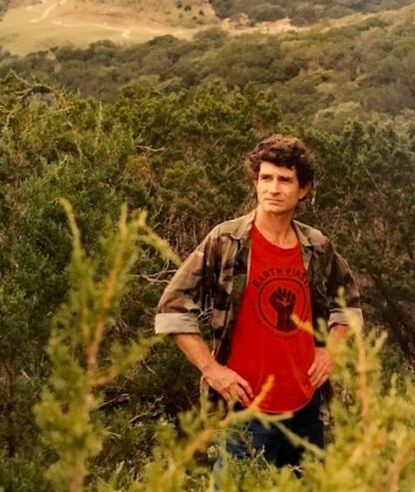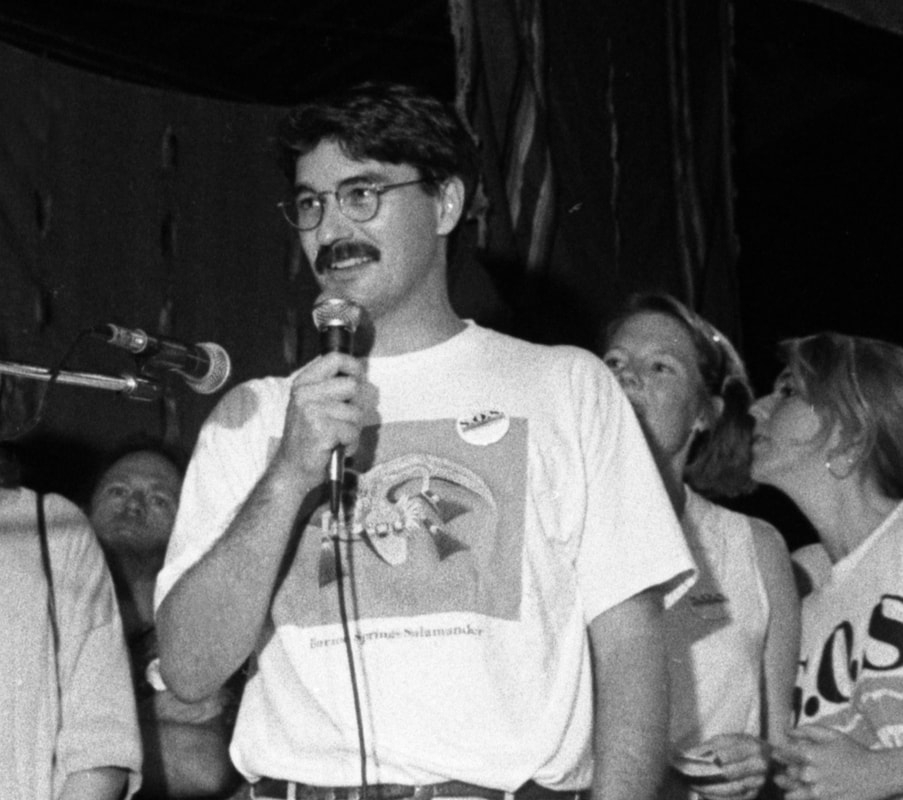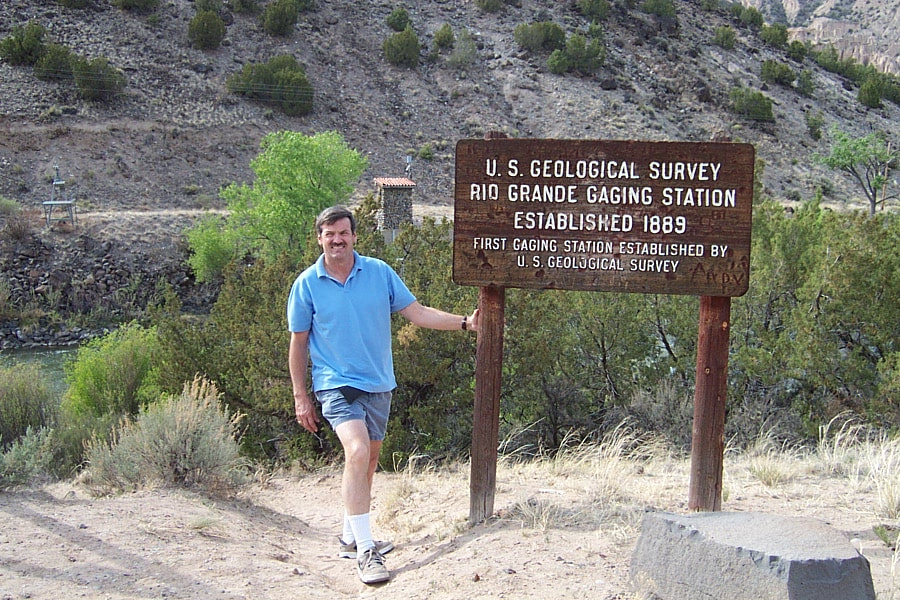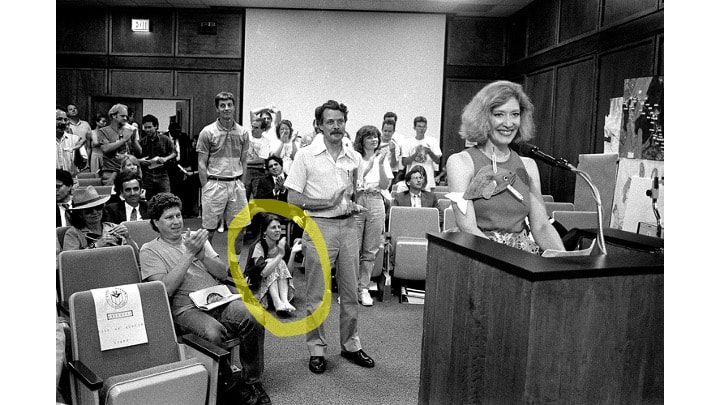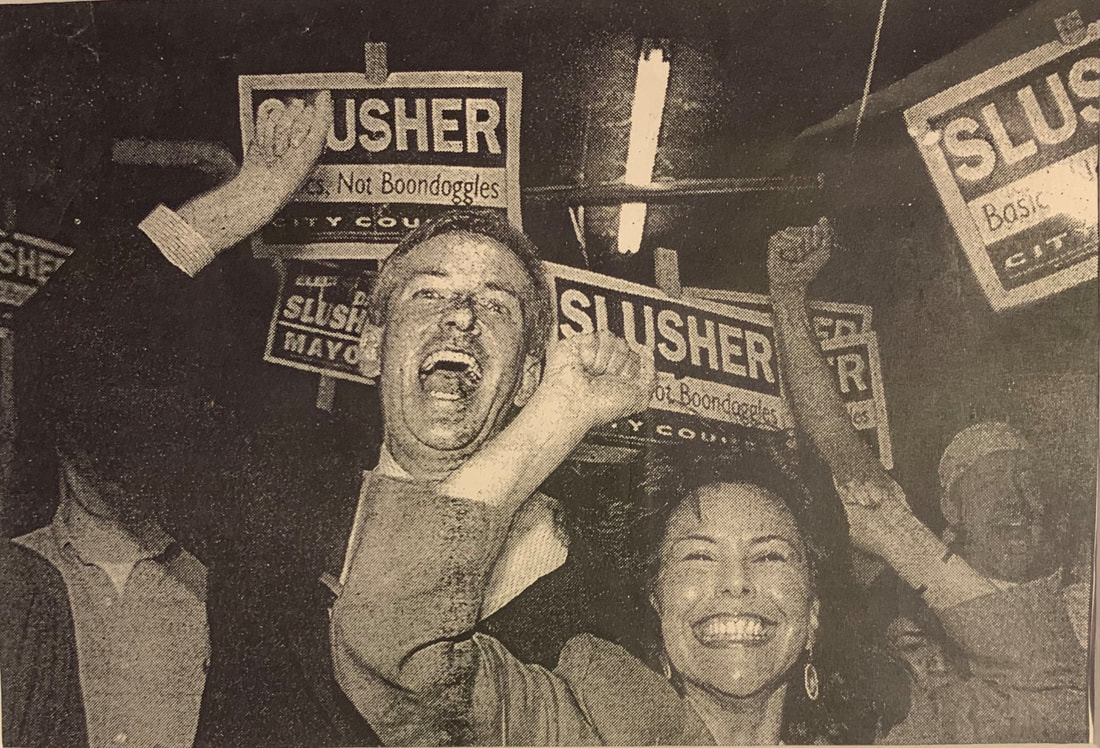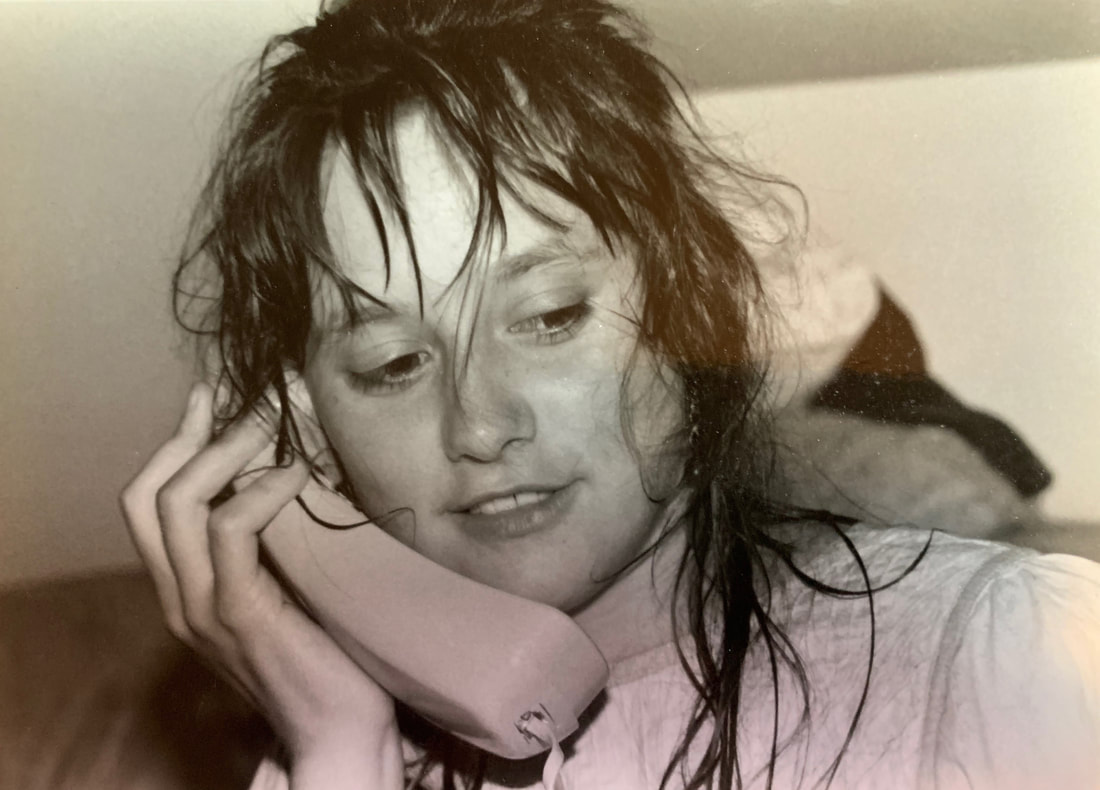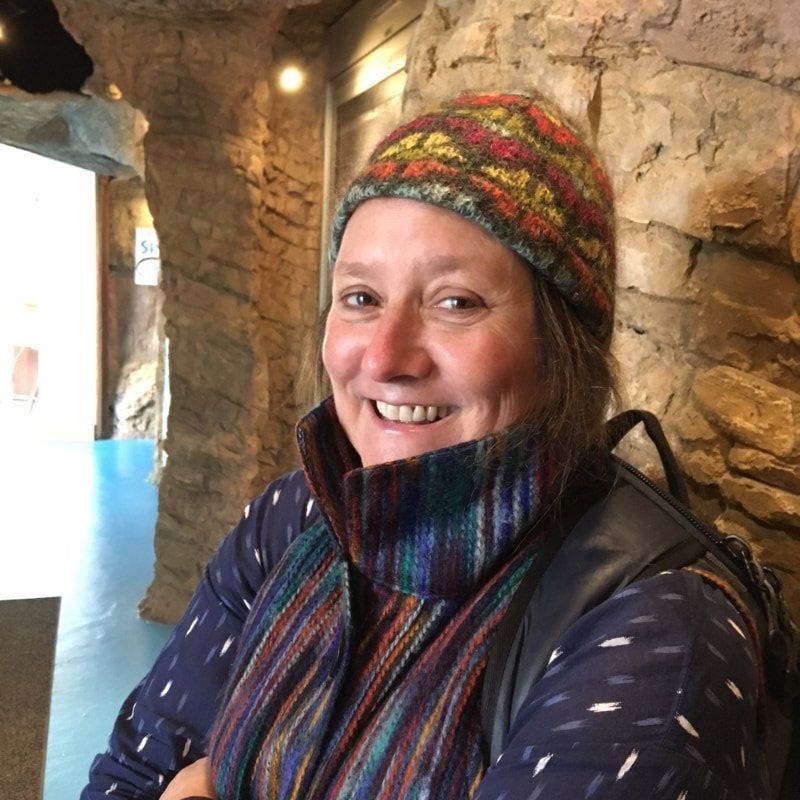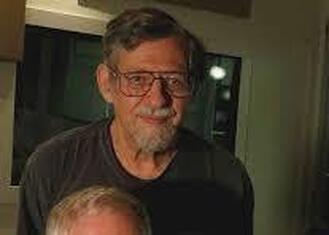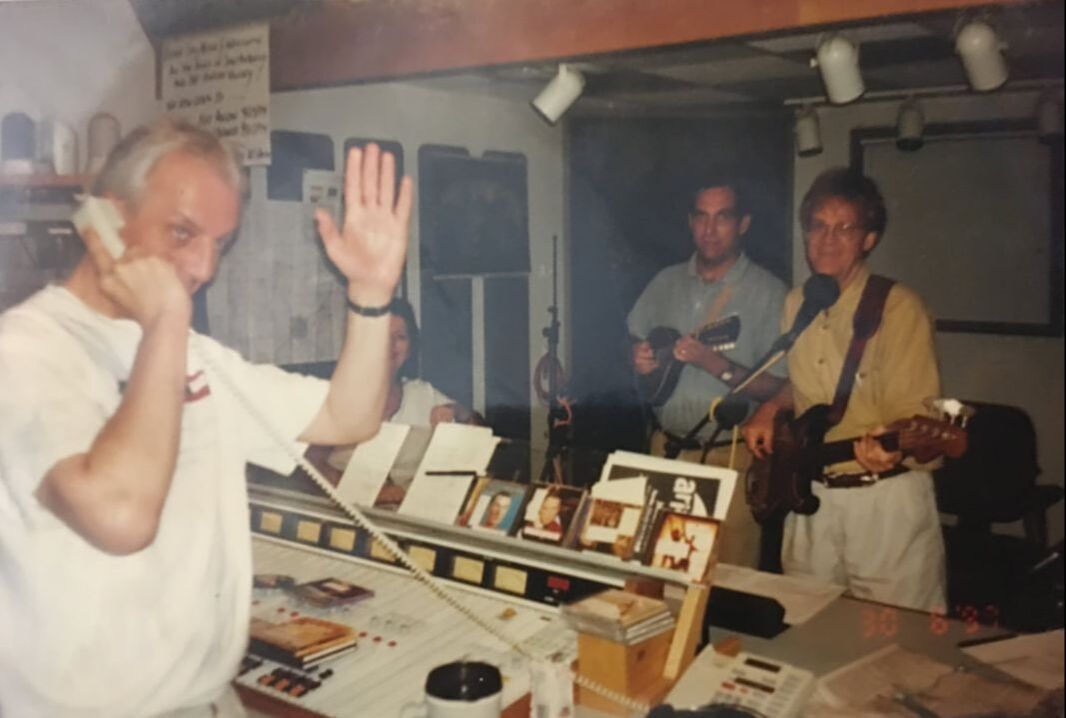|
Earth First! activist & videographer
Independent Video Producer
SOS Executive Director, 2000 to date
Certified Professional Hydrologist
Video Producer & Neighborhood Activist
Journalist & former City Council Member
Media Producer
Transportation Activist & SOS Board Member
Environmental Troubadour & Writer of “Barton Springs Eternal” song
|
Save Our Springs Alliance |
Quick Links |
SOS is a 501 c3 non profit and your donation is tax deductible

